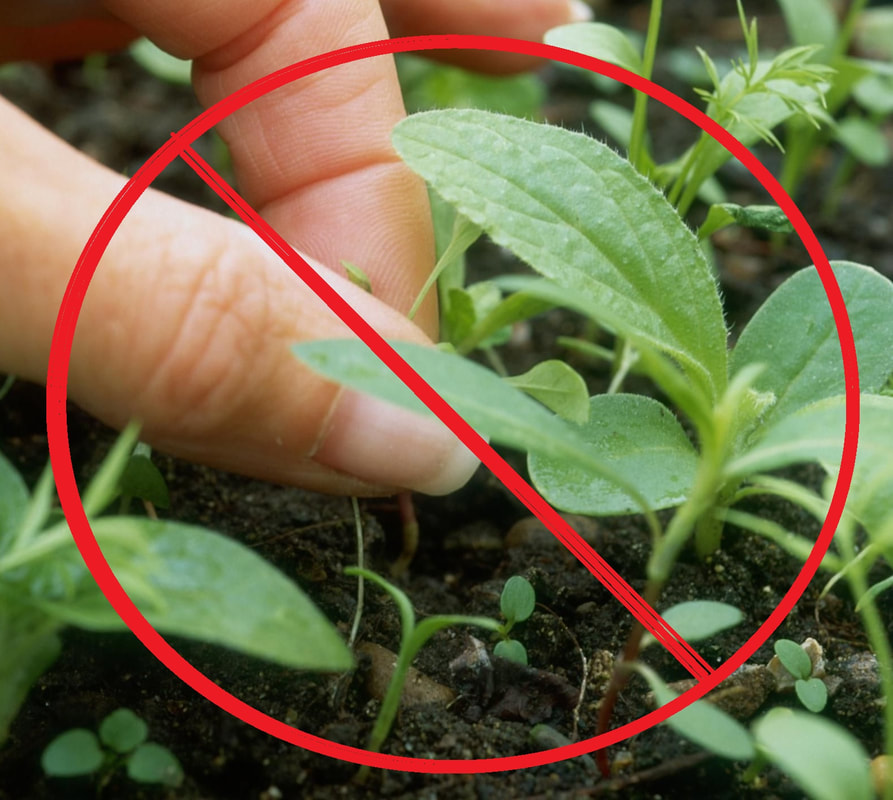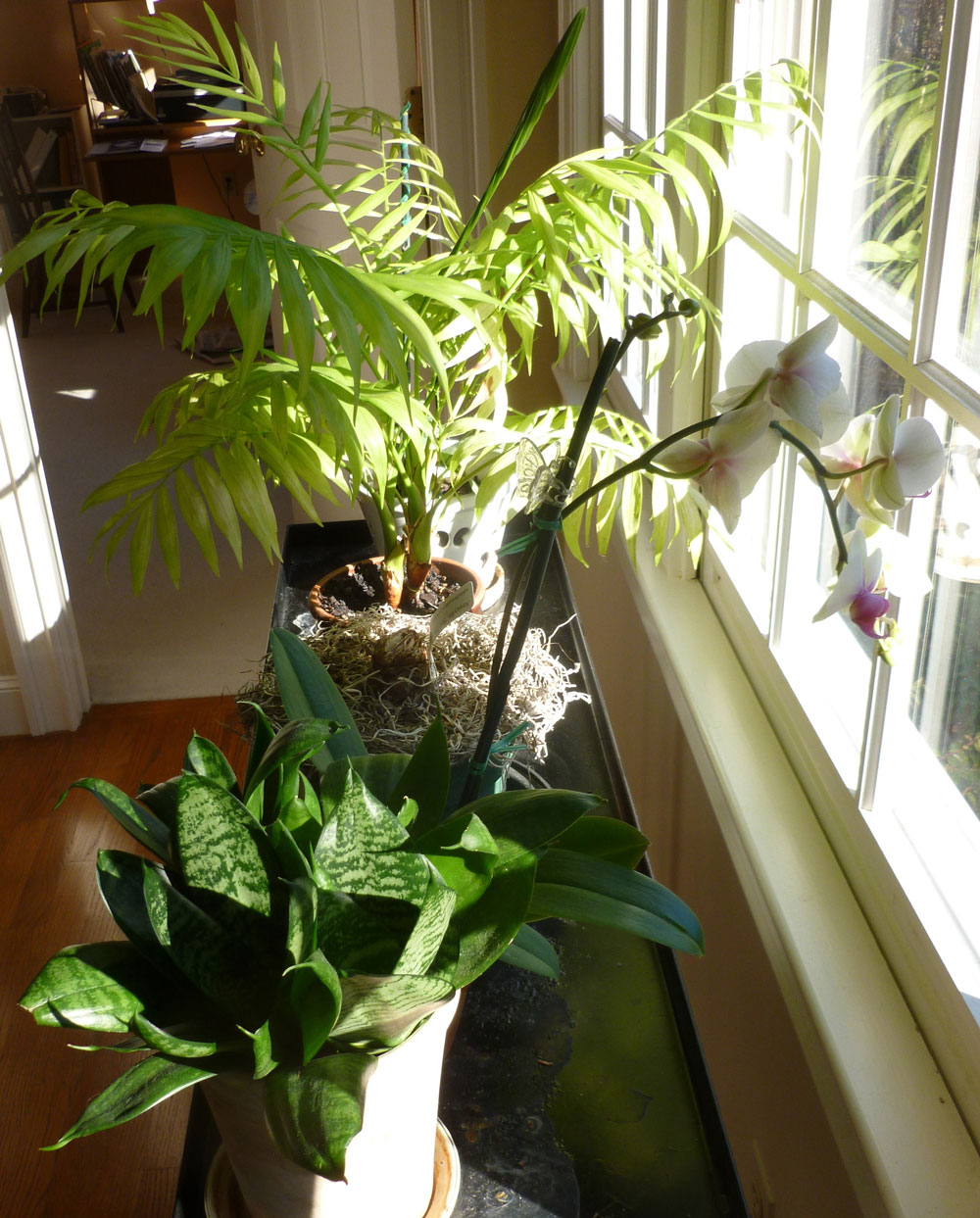Horticultural Hints for May!
Spring Has FINALLY Sprung...
|
For Vegetable gardens... If you don’t have beets, spinach, lettuce, swiss chard in the ground, do it immediately. When planting members of the cole family such as cabbage, broccoli and cauliflower, add lime to the soil because the resulting higher pH (more alkaline soil) inhibits soil-borne diseases that can remain in the ground for up to seven years after first appearing and can devastate cold crops. |
Dig and divide your perennials! Your favorite perennials should all be up by now, but have not yet set flower buds. This is a terrific time to divide them. The plant will benefit from discarding its dead center. Use a spade to divide the perennial into sections; return the largest one to the original site, and plant the others wherever you want color and texture or donate them to your garden club’s plant sale. |
|
Plant pollinators...
Instead of trusting plant tags with tantalizing but often meaningless promises, there is now a wealth of information on plants available via websites – both annuals and perennials – that attract birds, bees, and butterflies (and sometimes bats). Check sites such as Grow Native Massachusetts (https://www.grownativemass.org/Great-Resources/databases), where you’ll find links to New-England-centric resources (including Native Plant Trust’s ‘Go Botany’ site (https://gobotany.nativeplanttrust.org/), an easy-to-use tool for finding out which plants match your specific needs. Pinch me!
Now is the time to ‘create’ shorter plants with lots of flowers instead of leggy giants. You need to pinch back plants like asters and chrysanthemums four times during the spring and summer. Here’s an easy mnemonic: pinch them back Mother’s Day, Memorial Day, Father’s Day and the Fourth of July. With Mother’s Day this Sunday, it’s time to make your first pinch. |
Thin your seedlings right away!
By now, vegetable seeds you planted in April have germinated, and it’s time to thin your seedlings to a number that will grow, thrive, and not crowd one another. If you are tempted to pull out excess seedlings roots and all, don’t do it! Instead, snip unwanted seedlings with scissors. Pulling out seedlings by their roots inevitably disturbs their neighbors. And, try not to touch your remaining seedlings as you thin them. Fungi from elsewhere in the garden can be transmitted by your fingers or gloves without you ever knowing it was there. Protect your houseplants from excessive sun and heat.
Plants that grow indoors are dependent upon you to ensure they don’t get burned with the approaching summer. The May sun is intense and days are rapidly lengthening. Move houseplants away from windows with long sun exposure, and place them where fewer hours of direct light (and easterly or northern window rather than a west or south one.) |
It's tick season...
Whenever you go out to garden, take a few seconds to spray your clothing – especially below the knees, but a spritz elsewhere – to deter ticks that want to jump on anything warm-blooded for their next meal. Use a spray that specifies it uses EPA-registered ingredients that are tick repellents. These include DEET, oil of lemon eucalyptus, and PMD. New England ticks now carry not just Lyme disease, but pathogens that destroy white blood cells (Ehrlichiosis) and red blood cells (Babesiosis). Protect your tender plants against deer. Those hostas and other
perennials that are just emerging for their new season are taste treats for deer, rabbits, and other herbivores. Your best bet to protect your investment in those plants is to make them taste terrible. There are several commercially available preparations (Bobbex and Liquid Fence are two examples) that consist of putrefied eggs, mint oil, garlic, and other ingredients that deer and rabbits find noxious. These preparations are applied using a home sprayer. A spraying of all new foliage is best when no rain is in the immediate forecast. For an hour or two, your yard will smell terrible. Once the sprays dry, humans no longer detect them but deer and rabbits avoid treated plants for up to a month. To download a pdf of the
May Horticultural Hints, click on the file below.
| ||
Horticultural Hints are written and created by Betty Sanders. For more horticultural suggestions throughout the year, please visit www.BettyOnGardening.com









